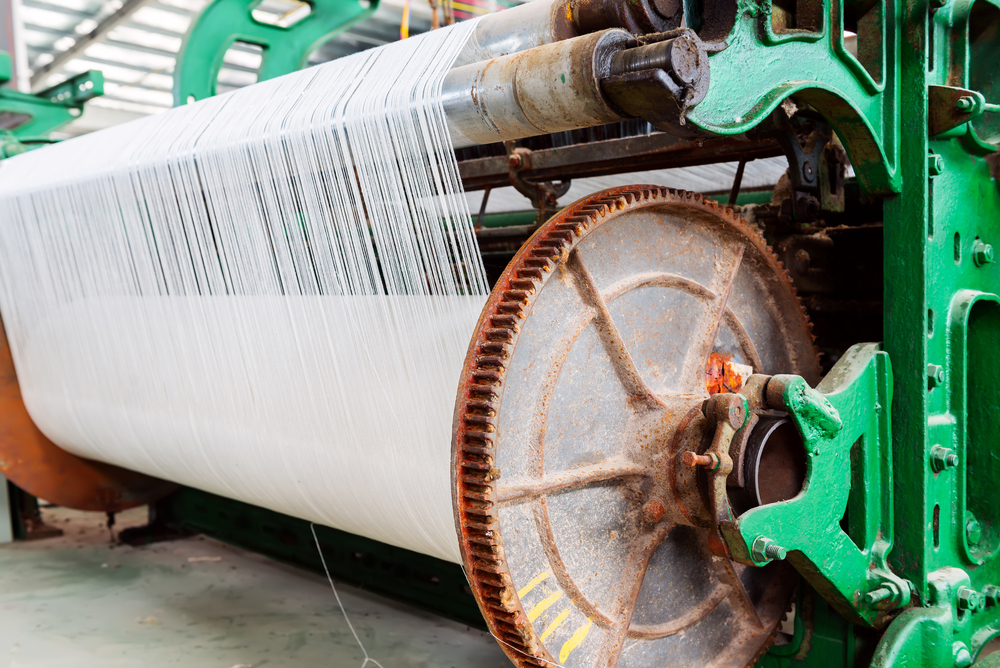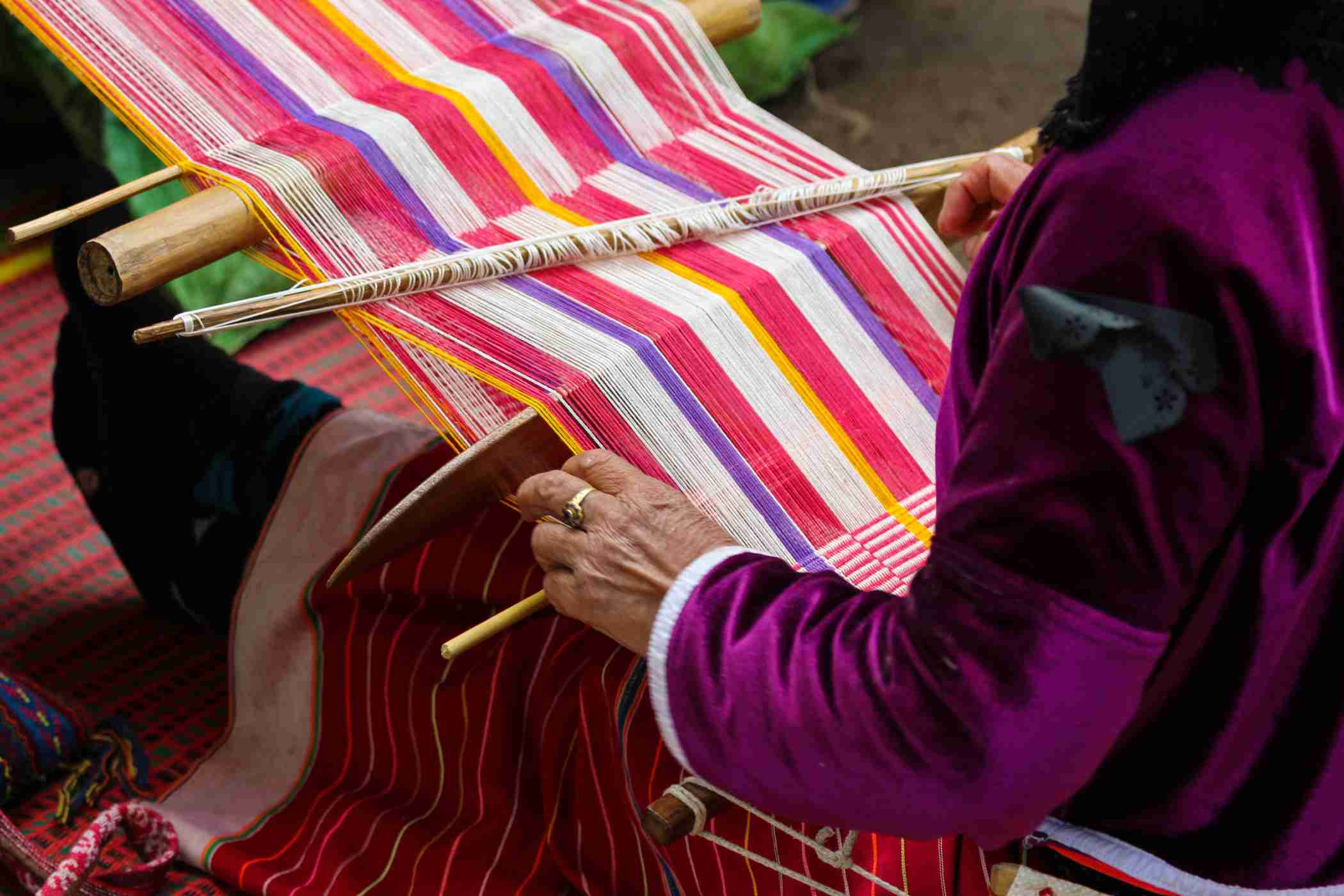Steps To Move Towards Zero Waste In Garment Manufacturing



Clothing is an essential part of human society. It plays an important role in keeping humans protected from the outside environment in order to maintain essential conditions for survival and also serves as a means of expressing power, wealth, and identity to society. The clothing industry has been an important global trade commodity for centuries. Economic development has caused an increase in the production of various products, resulting in significant amounts of wastes of various kinds, including textile and clothing wastes, especially in developing countries. Environmental and health problems are created by this type of waste generation; therefore, it is becoming increasingly important to prevent the generation of wastes. Regardless of how much we waste, we should avoid creating it in the first place. It is imperative that all designers and manufacturers embrace zero-waste policies today in order to save the planet from pollution caused by textiles.
What actually is the Zero-Waste Policy?
In simple terms, zero waste refers to products and processes that eliminate waste. There are many industries that can be categorised under the term. An example of such a term in the fashion industry would be one that avoids and removes waste from the process such that no materials are thrown away. The zero-waste concept is similar to the theory behind 'circular economy' since everything can be reused and nothing is thrown away. Resource-intensive industries such as fashion are at the centre of the circular economy debate since they can transform the way businesses operate.
Need for Zero-Waste Policy in Garment Manufacturing:

There is a strong correlation between waste and global warming, and solid waste landfills can be considered the largest methane gas source in the United States. Being an incredibly powerful greenhouse gas, methane traps heat in the atmosphere 23 times more effectively than carbon dioxide, which is the most commonly found greenhouse gas. With the zero-waste policy, the goal is to eradicate waste, which is the primary source of global warming. A zero-waste strategy promotes environmental protection, economic well-being, and social well-being - all of which are generally accepted sustainability goals.
At various stages of the apparel production process, textile waste is generated on a large scale, such as during cutting, sewing, and so on. The generated waste, which is approximately two-thirds of the textiles produced, is disposed of at landfills after the design and production processes. By identifying and understanding these processes, we can eliminate waste-generating activities in the design stage as well so that a greater proportion of textiles will not wind up as unusable waste. The production of apparel that uses zero-waste techniques can be found in traditional garments. To date, the saree is an excellent example of a zero-waste garment that contains a vivid array of yarns, prints, accessories, and even draping. The kimono is also made up of rectangular pieces of fabrics that are sewn together without leaving behind any remnants of fabric. Textiles like togas, chitons, kalasiris with shawls, shenyi and hanbok make efficient use of fabric to their full abilities.
In addition to reducing the amount of waste going to landfills and, therefore, reducing global warming, a zero-waste approach eliminates any toxic material discharging onto the land, water, and air around the facility. However, preventing waste provides a number of other benefits than simply supporting sustainability:
1. Fewer raw materials: Zero-waste strategies require fewer new raw materials, which reduces resource consumption and lowers costs.
2. Saving money: In addition to reducing raw materials, the reduction of waste will also reduce costs, since waste represents inefficiency.
3. Faster Progress: Production processes are improved with a zero-waste strategy.
In garment manufacturing, waste is produced as a result of the processes from raw materials to product supply, which accounts for one-third of the waste footprint and three-quarters of the carbon footprint. As retailers have limited influence over manufacturers and suppliers, we may not be able to reduce these impacts as much as we would like; however, we might be able to influence suppliers to adopt more sustainable and efficient processes. Zero-waste garment design is a huge step forward, as is creating garments using this method.
Strategies/Steps To Move Towards Zero Waste:

- Eco design - Designing an eco-friendly product means taking into consideration its entire lifecycle from its origin to providing solutions that reduce its environmental impact throughout its lifetime. Eco designers must take into account several elements that prevent textile waste effectively, including selecting materials that can be easily recycled and reused in order to design a product that lasts longer and is easier to use.
- Cleaner production - The goal of cleaner production is to continuously use an integrated preventative environmental strategy to increase the effectiveness of processes, products, and services, as well as to reduce environmental and human risks. The cleanest production options are those that relate to the operation and management of a company, and these options can be grouped into three categories: Recycling, Waste reduction at source, and Product modifications.
- Recycling fabrics - A company can engage with many different players instead of only working with a production company, the retailer, and the customer. Since all outsourced factories need guidance in recycling fabrics and adherence to circular economies changes their role, which means they need to be transparent regarding the production of fabrics.
- Inventory control - By improving inventory control programmes and ordering materials according to a just-in-time system, waste can be reduced. Waste can be a waste of raw materials that are out-of-date, no longer used, or unnecessary or damaged.
- Globalised fashion industry can help in collecting unwanted clothing - Until recently, discarded clothes provided filler material for insulation or stuffing for toys, but now they're becoming filler material for toys. The fashion industry's large international network of mills and facilities that are able to produce clothing for worldwide consumption means it has an increased ability to send recycled textiles to those partners that can churn new materials from them.
- Product Stewardship - Extended producer responsibility methodologies and in particular individual producer responsibility are widely regarded as key tools for ensuring that producers take full responsibility for their products. Product stewardship, or environmental product recycling, is an important tool for designing innovative products and packaging that have the ability to avoid and reduce significant levels of waste generation during the manufacturing process.
- Maintenance and Housekeeping - Maintaining good housekeeping and maintaining equipment can help reduce waste to a great extent. Further, properly maintained equipment facilitates the performance of machinery and it is less likely to result in reworks and substandard products.
- Technicalities of fashion recycling - Working with suppliers to determine new ways to circumvent certain technical limitations is an essential part of the innovation process. Companies play an important role in removing the negative implications surrounding recycled materials. Rather than seeing them as tried and unwanted, we should see the recycled materials as premium and desirable.
- Lead the way in ethical fashion - We need to change the roles of the designer and consumer in the textile industry to achieve circular economies. Even as ethical fashion moves to a highly fashionable and low-cost image, it still suffers from an image of green, dull products. It's important that we become a guide and help emerging systems drop 'wasteful' practices one step at a time.
Design and ethos are equally important when it comes to clothing. If the piece is desirable, it will sell better. Designers and manufacturers should consider zero waste as a benchmark they should strive for. Moreover, the designer should have a full understanding of the reusability and recyclability of all the elements that are used to make the garment as well as clarity regarding the production process, in order to avoid the use of any elements that could end up becoming waste. The more well-planned and executed the design phase is, the less waste will be generated at a subsequent stage. While reaching 100 percent of the goal is still far off, even a small step in the right direction would be appreciated. In the future, the norm of the fashion world will be ethical and sustainable fashion.
Connect with Fashinza to ease your manufacturing process. We’ll make your manufacturing and supply delivery smooth like butter. Just place an order and see your collection appear!


Scope Of Indian Handicrafts: A Look At The Post-Pandemic Future For Indian Handicrafts
5 min read
973 views

Which Countries Have The Best Clothing Manufacturers? (Industry Research)
5 min read
9.7k views

Pros and Cons Of Manufacturing in India, Bangladesh, China, and Vietnam: A Comparative Study
5 min read
4.0k views















